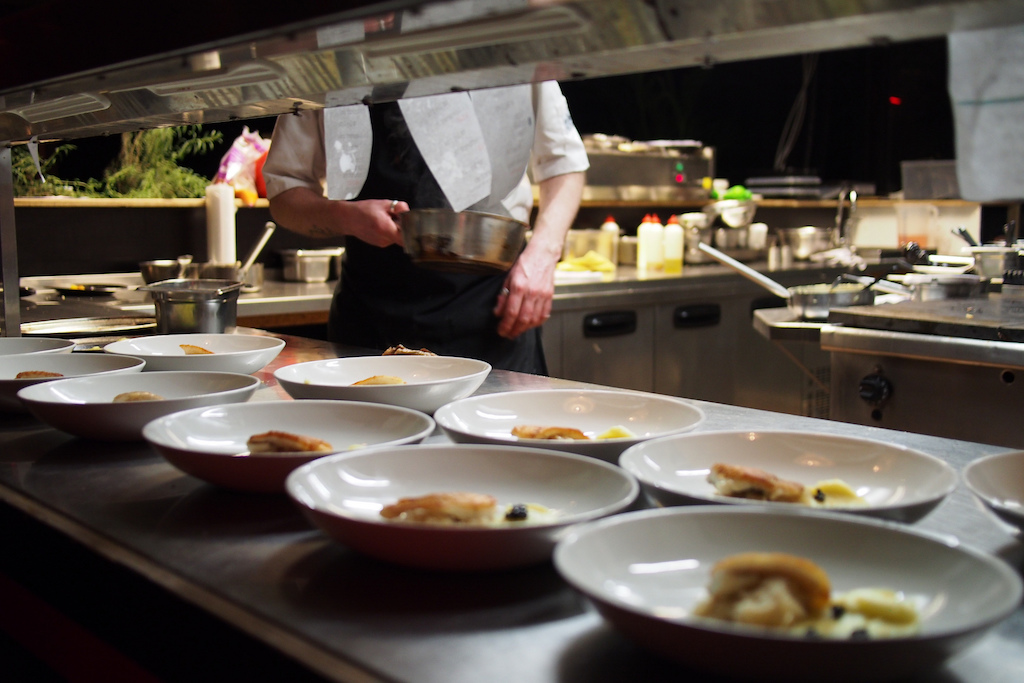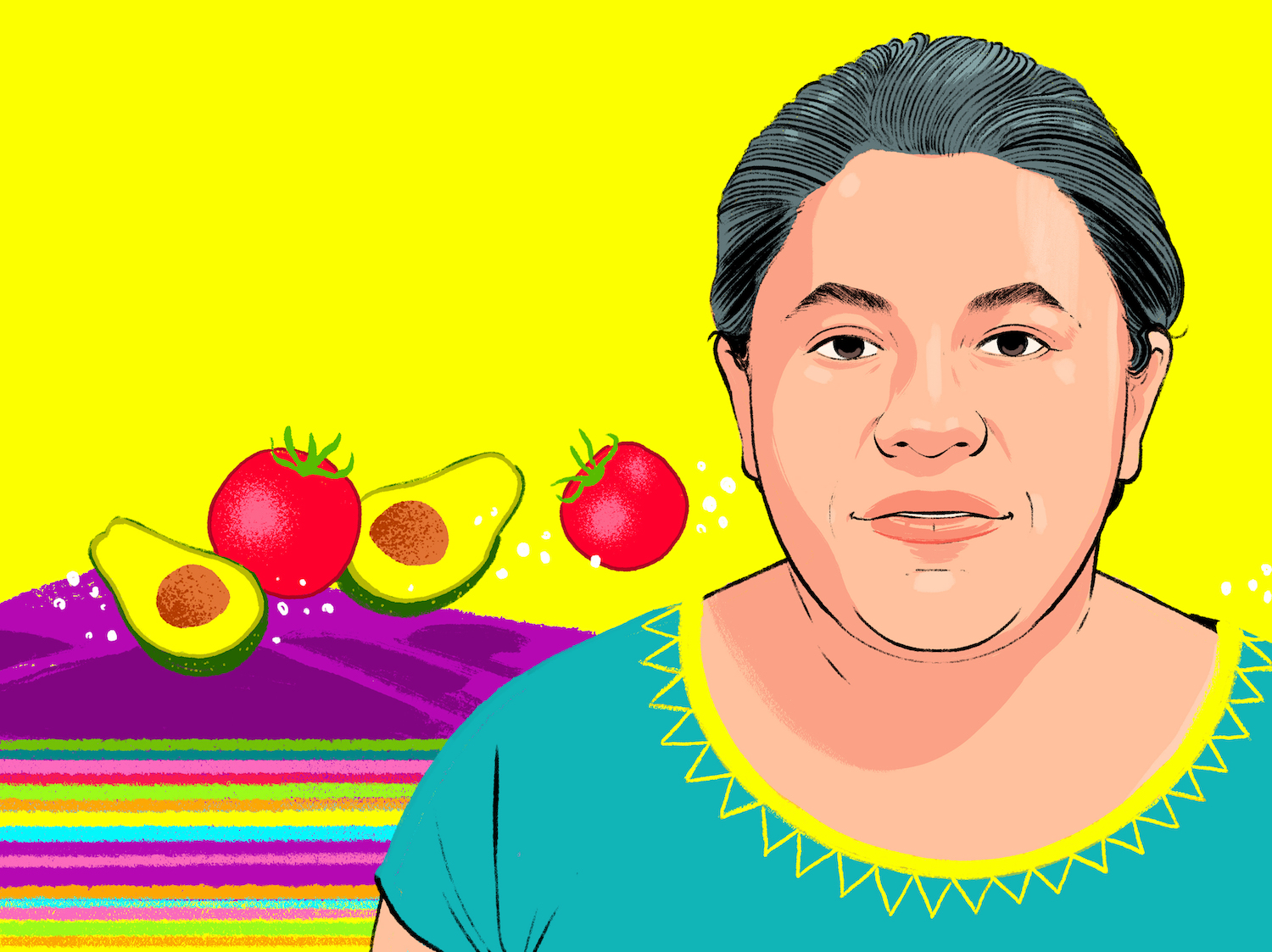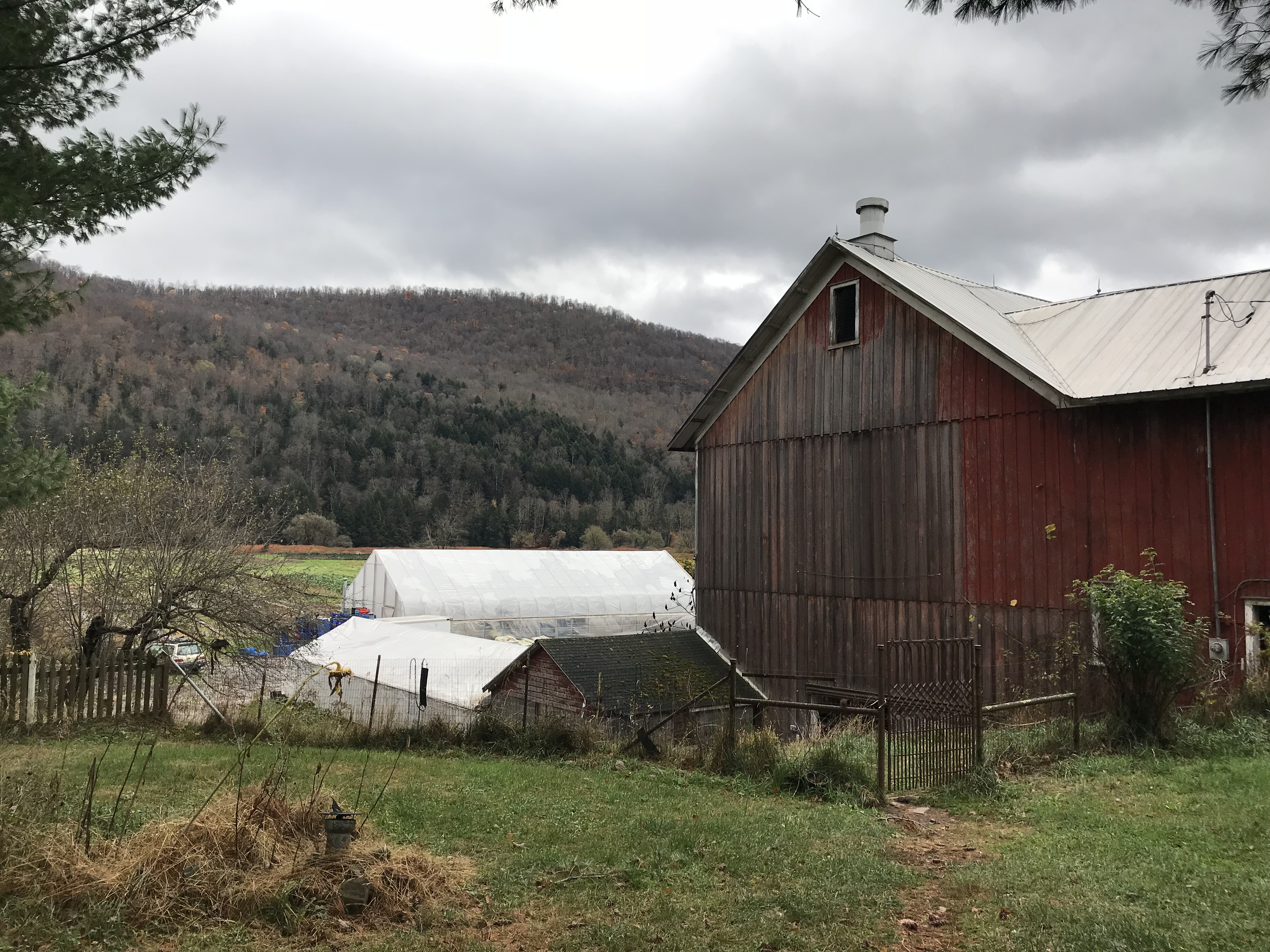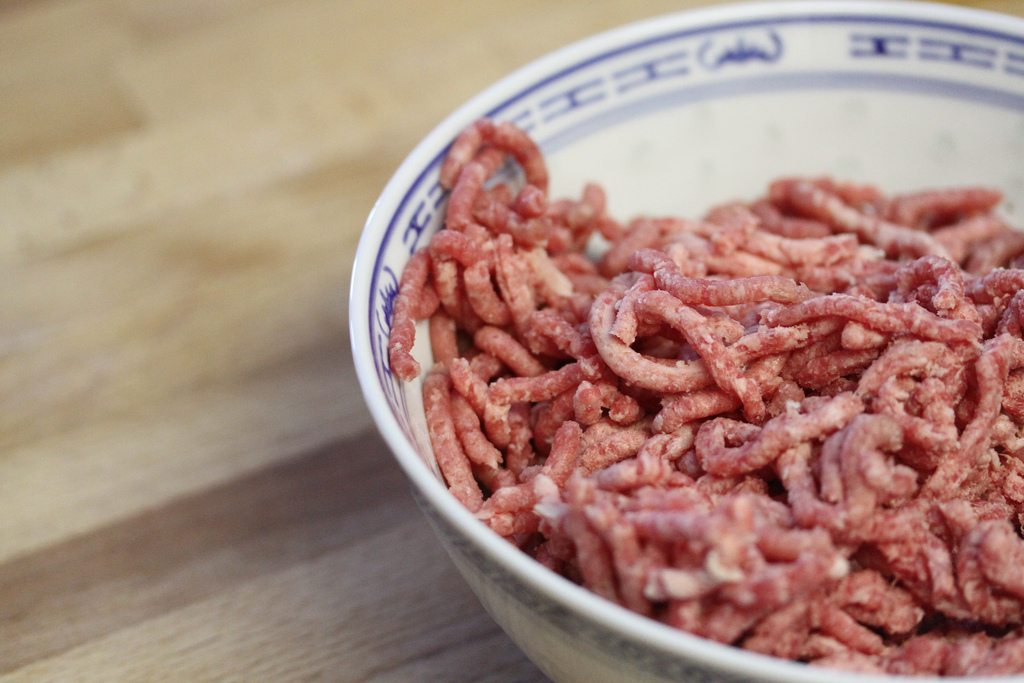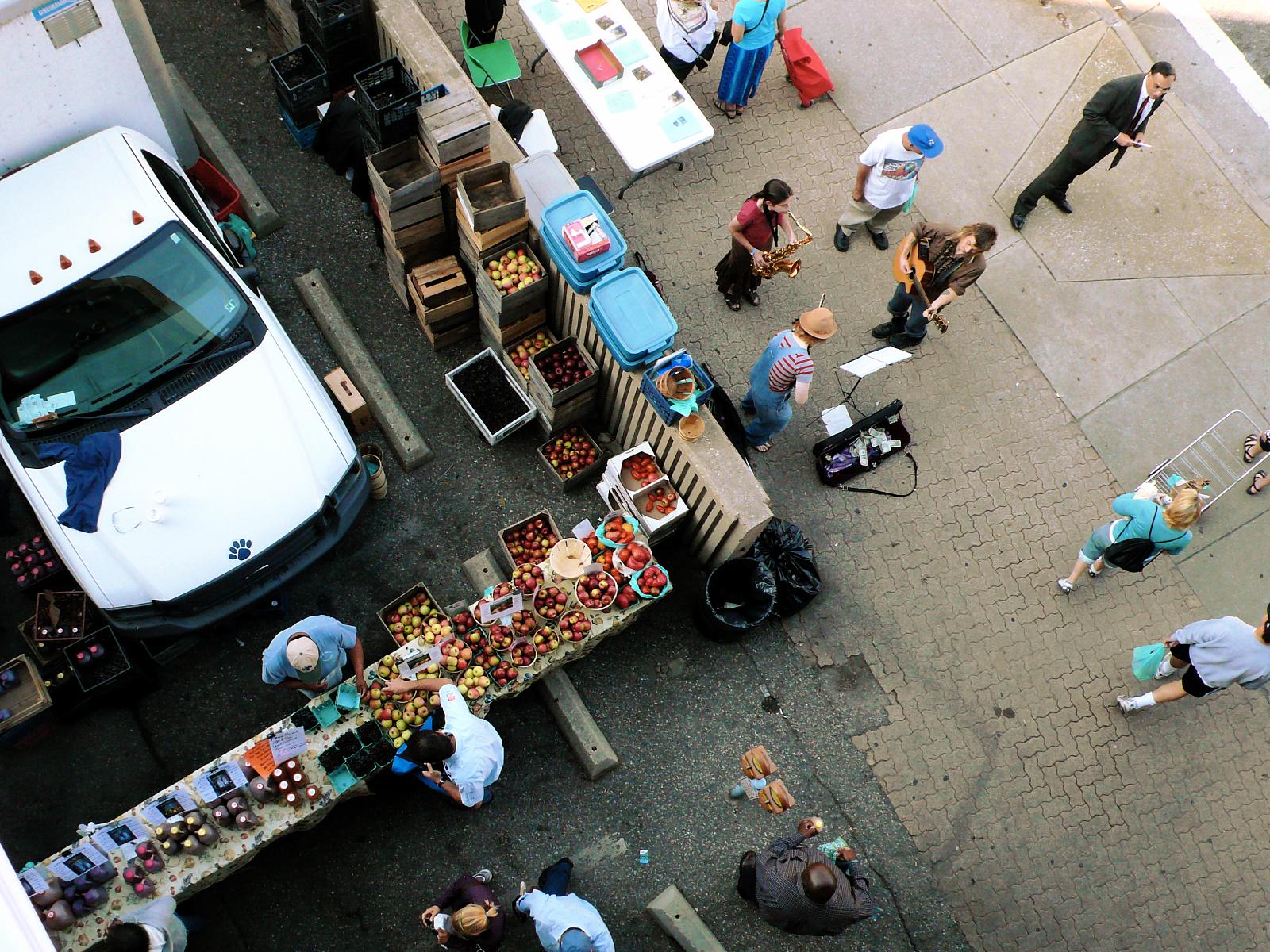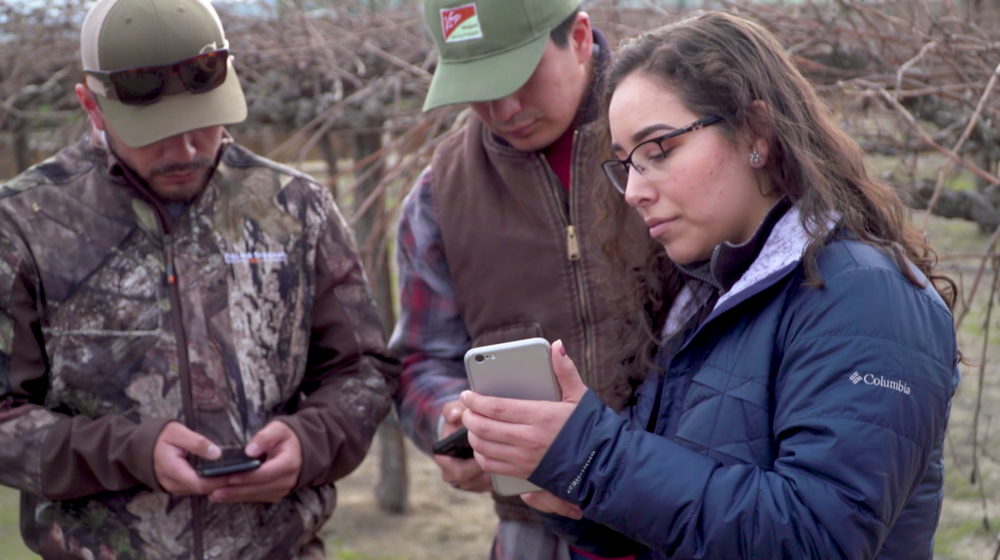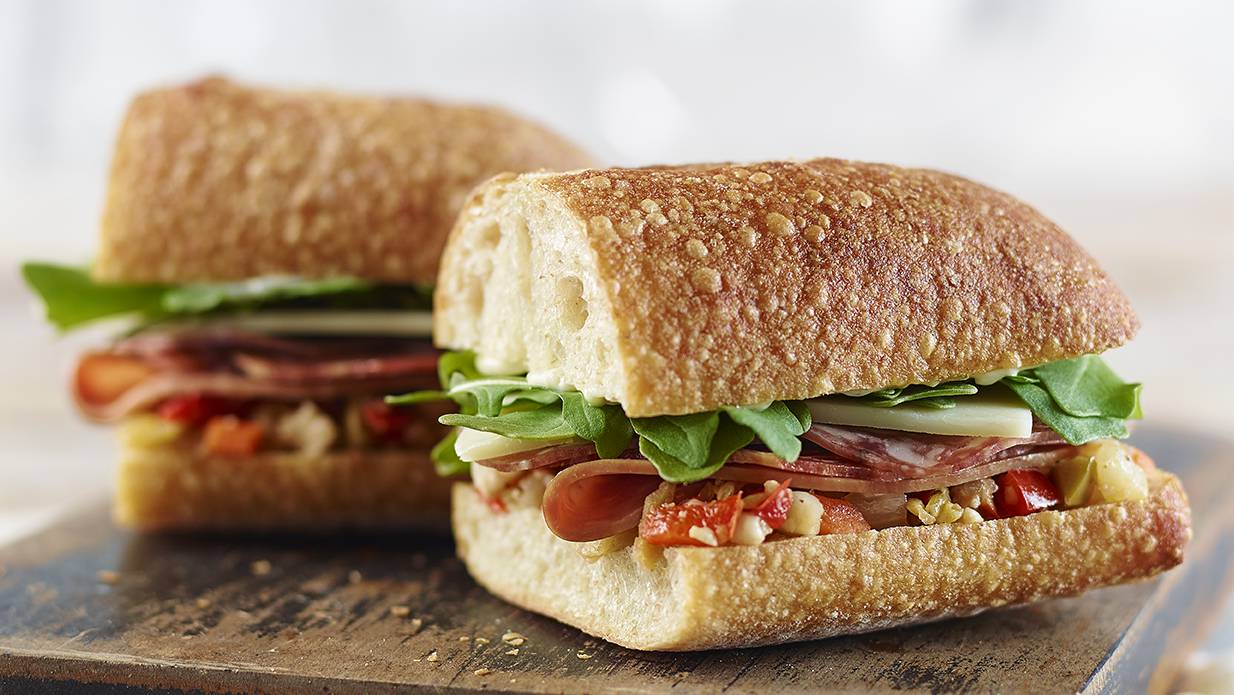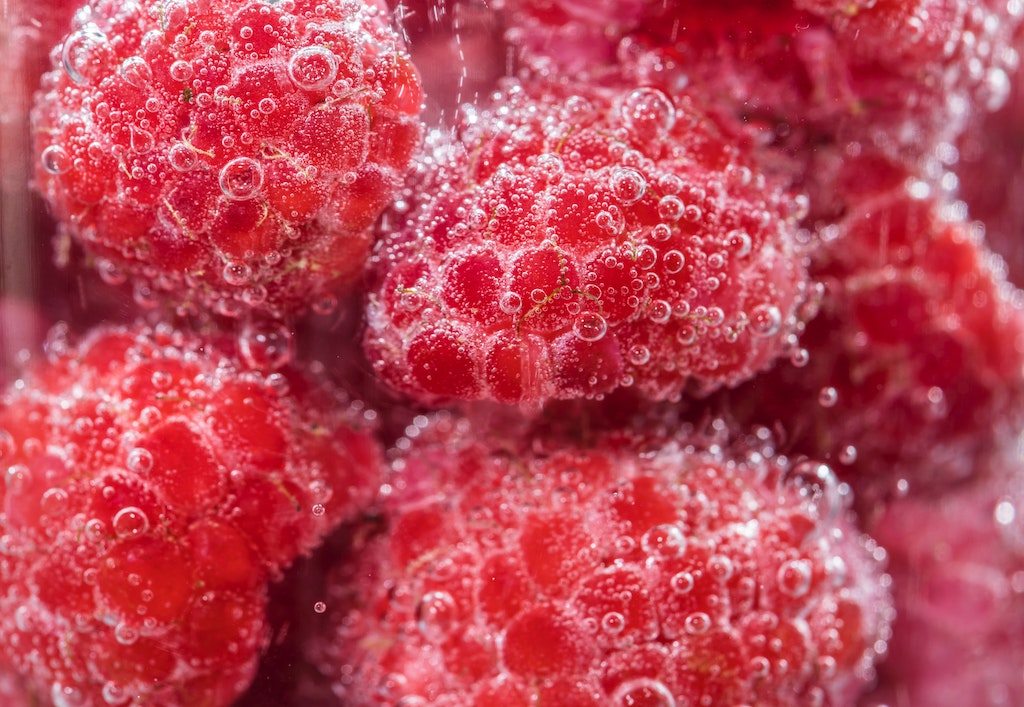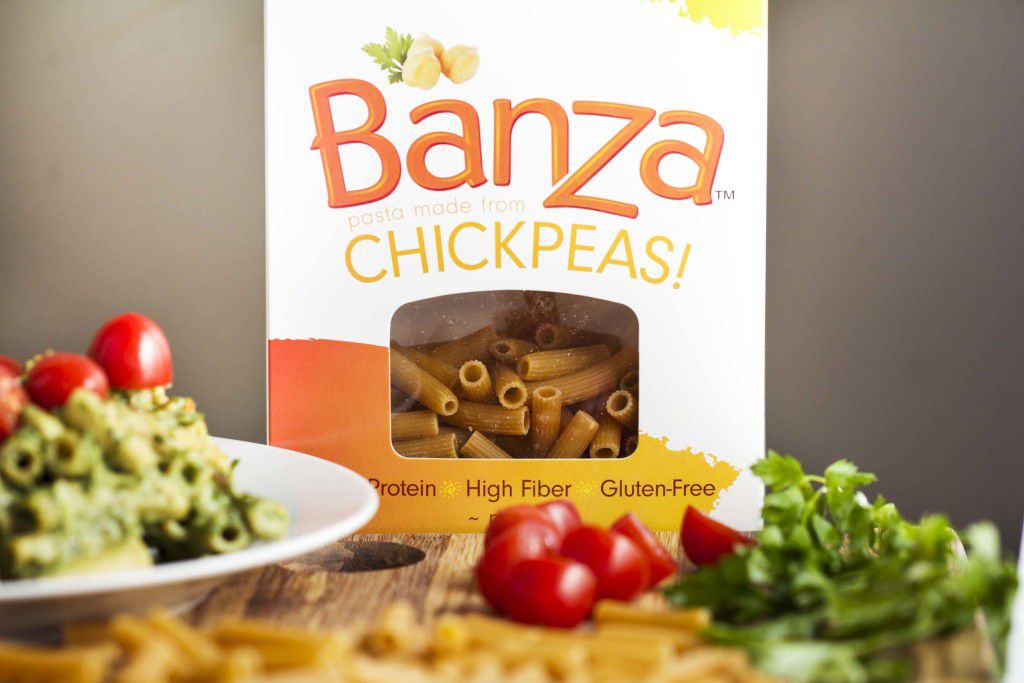
Banza
The pasta aisle has a problem. Dieters scorn it, the gluten-free ignore it, and the protein-savvy pooh-pooh it. A serving of traditional, wheat-based pasta packs nearly 14 percent of a day’s carbs (40 grams) while skimping on the protein—providing just a sixth of the recommended daily dose (about 7 grams). Even Italians, who traditionally eat three times as much pasta as Americans, have been falling away. The Wall Street Journal reports that the average Italian family, which consumed 88 pounds of pasta in 2010, is now down to 71.
Enter Banza, created by brothers Brian and Scott Rudolph. Banza is pasta made of chickpeas, one of the world’s most ancient crops, a dietary staple around the world for thousands of years. It has a powerful nutritional story: One serving has 14 grams of protein (about the same as two large eggs)—twice as much as wheat pasta. It has four times the fiber—8 grams compared to 2, for a whopping 30 percent of the daily recommendation—and half the net carbohydrates.
“You have this higher protein version of a food that people eat all the time, and you end up with something that’s a lot more balanced and nutritious,” says brother Brian.
But is it pasta? I don’t mean that in a philosophical sense, but in a practical one: Does it belong in the pasta aisle with the Barilla, DeCecco and Creamette, or in the lower traffic gluten–free aisle?
Brian and Scott know what they want. They saw the way Chobani redefined yogurt. They want to do the same to pasta.
 Banza
Banza Brothers Brian (left) and Scott Rudolph
Made in Detroit, seen on TV
Banza was born in Detroit in 2013 as Brian’s first out-of-college gig. Starting in a city in the throes of reinventing itself has some advantages. Brian connected with Venture for America, which fosters job growth, crowdfunded $17,500 and won a $10,000 award from VFA to help him start up. Headquarters are on the ground floor of a three-story brick co-working house in Detroit, bought by another VFA startup at auction for $8,200. (Brian lives upstairs.) And Banza continues to appeal to funders, having just last week secured $1.3 million in seed round funding from Vayner / RSE (known to serial success watchers for its co-founder, Gary Vaynerchuck, who took his family’s wine company from $3 million to $60 million in five years) and “several strategic angel investors in the round,” says Brian.
https://instagram.com/p/2ElItQCpcv/?taken-by=eatbanza
A key moment in the product’s early history was when the Rudolph brothers tested out the new product’s marketability during a stint on Italian chef and restaurateur Joe Bastianich’s reality TV show, Restaurant Startup. The pair had a tough time—the pasta sat too long in hot water and started to crumble, a potential issue with the chickpea mix. But they still wowed Mario Batali’s pal Bastianich, who invested $75,000 in the product for a 10 percent stake, gave them some of their first retail shelf space in his New York City food store, Eataly, and provided a testimonial to end all testimonials:
“I eat pasta every day. I own a pasta company. I make pasta in Italy. Do I like the way it tastes? Yes.”
As part of their reality TV launch, Banza also brokered time-sensitive deals with supermarkets, including Michigan’s important Meijer’s chain, that pushed them to stick their product on shelves faster than they could perfect their new noodle.
“It was kind of a fake-it-till-you-make-it start, and with that pressure of already having the product in the market, we just scrambled to improve it,” Brian Rudolph says.
Beyond gluten-free
Today Banza is in more than 1,400 stores across the country. The company has partnered with a Detroit manufacturer to produce its pasta. Since Banza arrived in town, the manufacturer has grown its staff from three employees to 25, churning out the company’s pallets of penne, rotini, shells and elbow macaroni.
It has undoubtedly helped that the product is gluten-free, and with a texture that compares favorably to the typical rice and corn pastas that dominate the category. When it comes to taste and nutrition, those pastas can’t compete quite like theirs can, the Rudolph brothers say. Many gluten-free pastas have even heftier carb counts and less protein than wheat pasta. (And as far as taste goes, Scott asks “have you tried some of those gluten-free products?” with a knowing look of disgust.)
https://instagram.com/p/6TThEuCpf3/?taken-by=eatbanza
They do well as a gluten-free product, but they’d rather play in pasta’s big leagues, going head-to-head with wheat. Their ambivalence shows in their pricing: At around $3.59 a box (or $5 online), it is some of the cheapest gluten-free pasta on the shelf. But compared to wheat pasta, it’s expensive. And in a handful of stores surveyed in New York City, it was still relegated to the gluten-free, organic, “special” pasta section. But, as the brothers and their New York and Detroit-based team develop and test new products each week (like the spaghettis and linguine they hope to bring to market in 2016) they are also taking their test kitchen recipes to the stalls of Detroit’s Eastern Market—testing marketing and new concoctions on the city’s emerging community of food growers.
In the meantime, the Rudolph brothers are keeping that scrappy, fake-it-then-make-it spirit, lobbying to push their product onto the “real” pasta shelf, forgoing sales reps, meeting with grocers themselves to explain “what we’re doing,” and reaching out directly to Facebook fans of the pasta who they enlist to have Banza parties (the perk: free pasta) and post pics of Banza in their own homemade sauces. They’re also partnering with game-changer companies like Chobani yogurt (where most of their board members come from) and Justin’s peanut butter to push new sauces and recipes to fans. They post the colorful pad thais and Banza-alla-vodkas on Facebook and Instagram and chat directly with would-be Banza buyers in back-and-forth comment threads.
As former Wall Street investor Scott (Rudolph) says, “We still have our work cut out for us making this a conventional product that really would attract big competition.”
The brothers say they’re dreaming up other ways to replace other everyday foods with more nutritious options—but first, they’re hoping to brush away half of the shelved pasta in store aisles, and make way for Banza.



